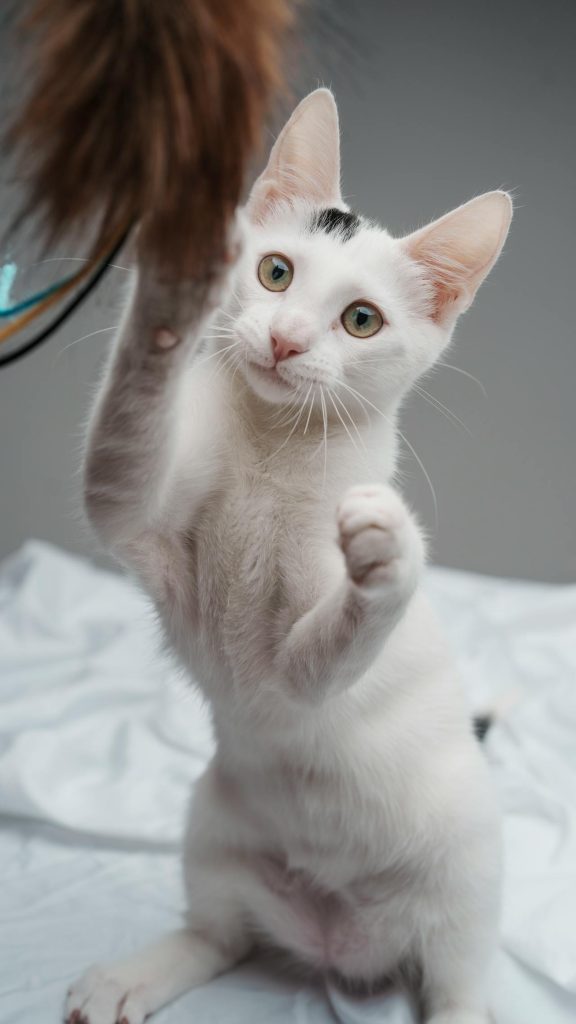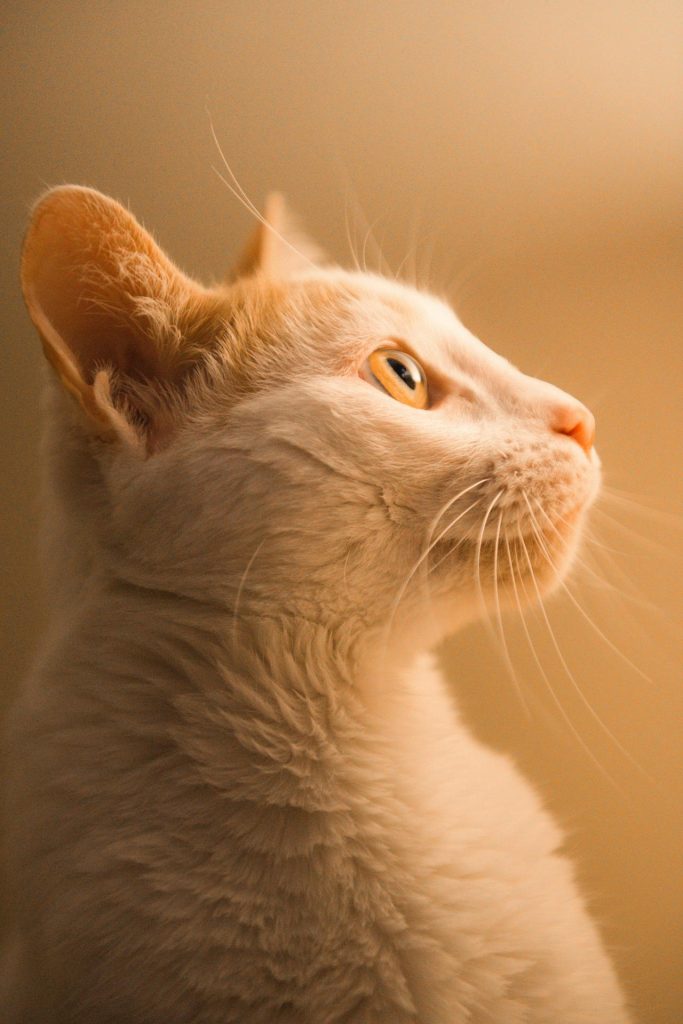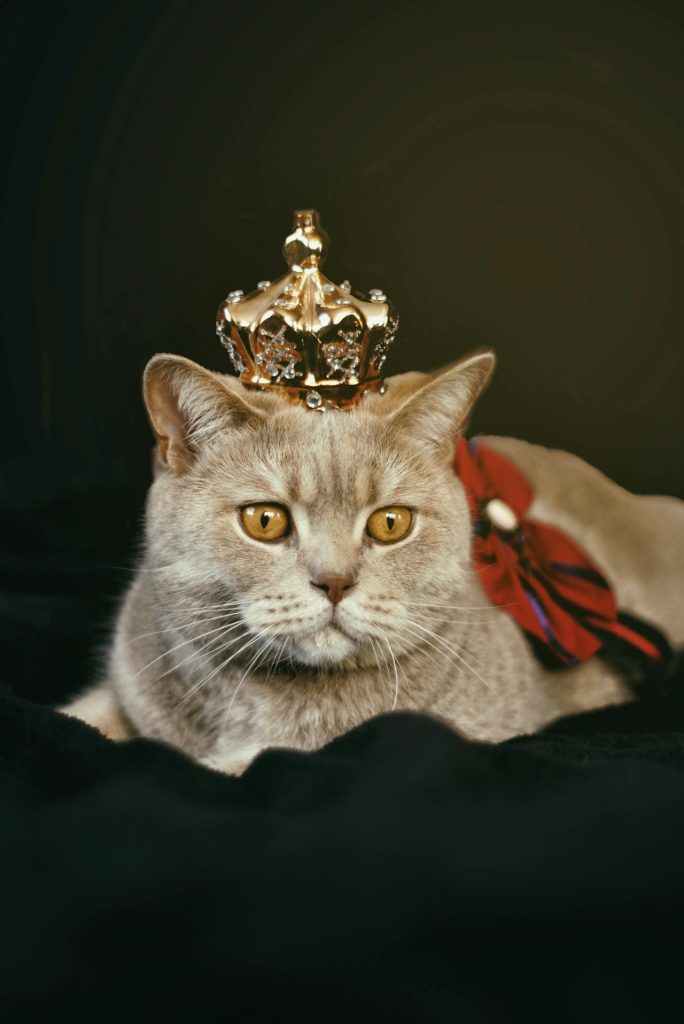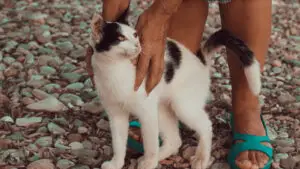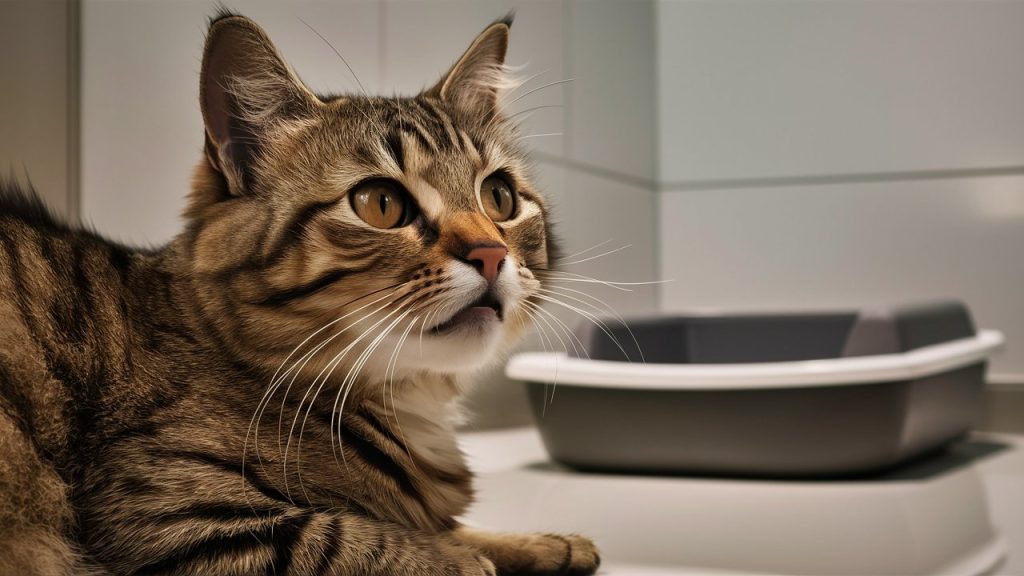
To train your cat to use the litter, you’ll need to create a comfortable and inviting environment that meets their specific needs. Choose a litter box that’s at least 1.5 times the length of your cat, and select a litter type that minimizes odors and suits their texture preferences. Place the litter box in a quiet, low-traffic area, and establish a regular cleaning routine to maintain hygiene and prevent accidents. With patience and consistency, your cat will learn to use the litter box successfully. By understanding your cat’s unique needs and habits, you can set them up for success.
Table of Contents
Key Takeaways
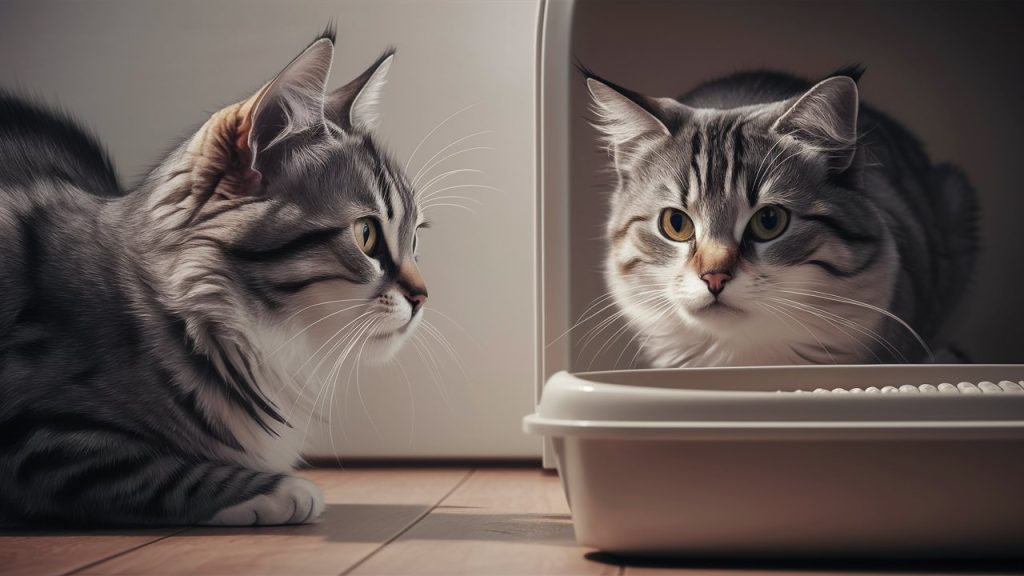
- Choose a litter box at least 1.5 times the cat’s length to ensure comfort and successful training.
- Place the litter box in a quiet, low-traffic area away from food and water sources to prevent aversion.
- Establish a regular feeding and play schedule to create a routine for the cat to learn and use the litter box.
- Scoop solid waste daily and change litter completely every 7-10 days to maintain hygiene and odor control.
Choose the Right Litter Box
Choosing the right litter box is a vital step in teaching your cat to use the litter, as it directly impacts their comfort and willingness to learn.
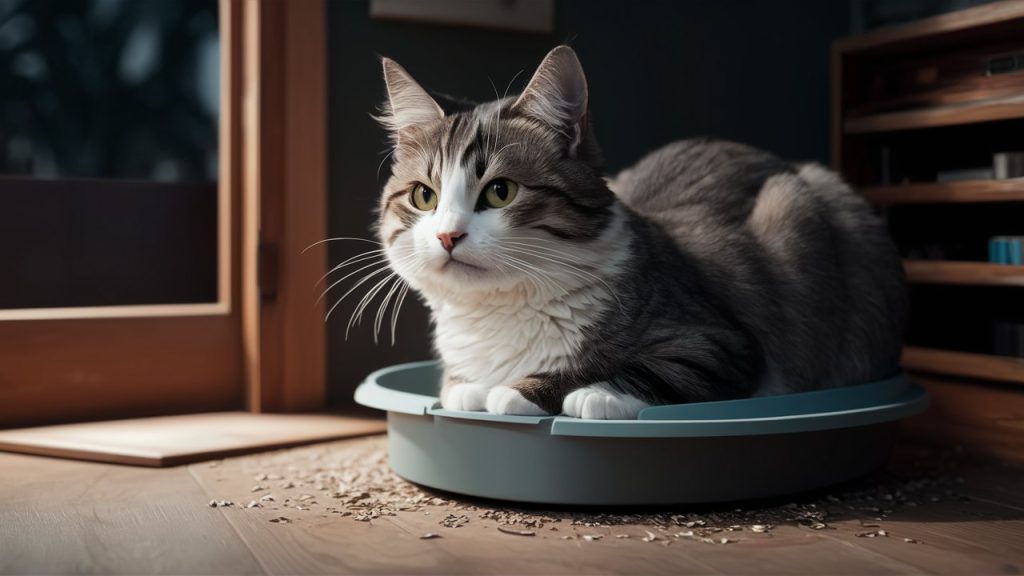
You want your cat to feel at ease when using the litter box, so it’s important to take into account their individual needs.
Think about the litter box size; if it’s too small, your cat may feel cramped or uncomfortable, while a box that’s too large can be overwhelming.
A good rule of thumb is to choose a litter box that’s at least 1.5 times the length of your cat.
This post contains affiliate links. However all the information provided on this site are my own honest opinions. See more in Disclaimer.
In addition to size, the litter box style is also significant. Some cats prefer open-top litter boxes, while others like the privacy of a hooded or enclosed box.
You know your cat best, so choose a style that fits their personality.
If your cat is elderly or has mobility issues, take into account a litter box with low sides or a ramp for easy access. By choosing the right litter box, you’ll be setting your cat up for success and making the training process much easier.
Select the Best Litter Type
Now that you’ve got the right litter box in place, it’s time to take into account the litter itself, as the type you select can greatly impact your cat’s comfort and willingness to use the box.

With so many options available, you might feel overwhelmed. Don’t worry, we’ve taken care of you!
When it comes to choosing the best litter type, consider the following factors:
Also See:
- Odor control: If your cat is sensitive to smells, opt for a litter that’s designed to minimize odors, such as clumping litter.
- Eco-friendliness: If you’re concerned about the environment, biodegradable options like recycled paper or natural wood pellets might be the way to go.
- Texture: Some cats prefer a soft, fine litter, while others like it coarse and chunky. Experiment to find your cat’s preference.
- Allergies: If your cat has allergies or sensitivities, choose a hypoallergenic litter that’s free from fragrances and dyes.
Place Litter Box Correctly
To encourage your cat to use the litter box consistently, you’ll want to position it in a quiet, low-traffic area of your home where your cat feels safe and comfortable.
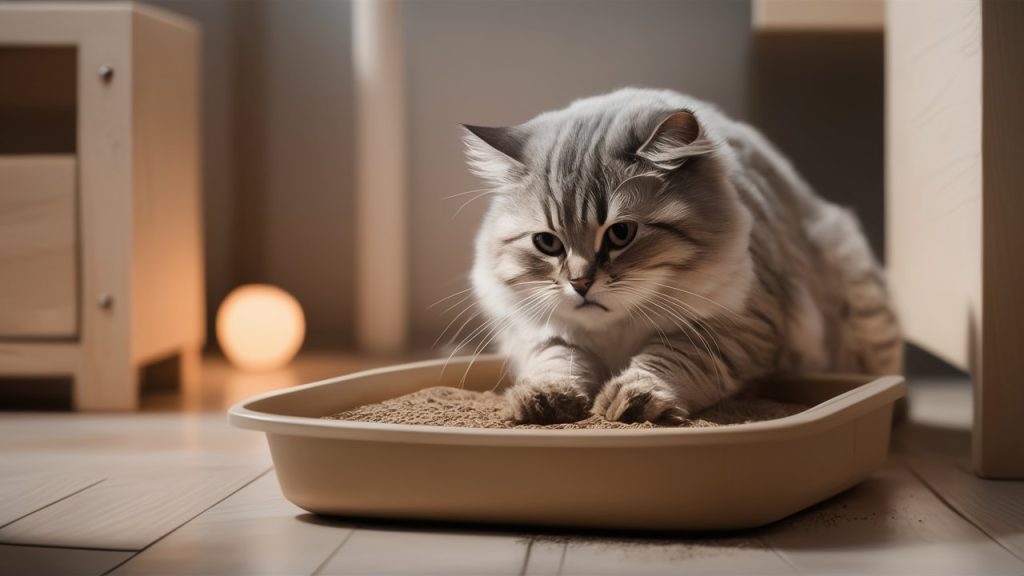
This litter box location will be a significant factor in determining your cat’s willingness to use it.
You’ll want to avoid placing the litter box near your cat’s food and water sources, as the smell and proximity can be off-putting.
Additionally, consider the environmental factors that might affect your cat’s litter box behavior. A spot with minimal noise, few distractions, and easy access will be ideal.
If you live in a multi-story home, it’s best to have a litter box on each floor to accommodate your cat’s needs.
If you have multiple cats, you may need to provide a separate litter box for each, as cats can be territorial about their litter box use.
Establish a Cleaning Routine
Your cat’s litter box needs regular cleaning to keep it hygienic and odor-free, an essential factor in encouraging your cat to use it consistently.
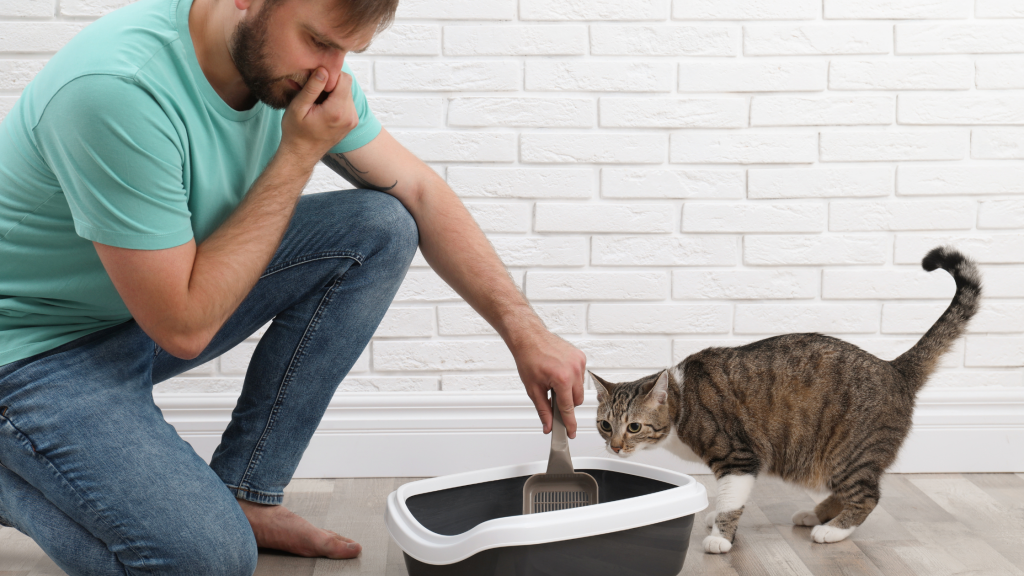
Establishing a cleaning routine is vital for effective litter box maintenance. You’ll need some basic cleaning supplies, such as a scoop, gloves, and a disinfectant specifically designed for pet areas.
Here’s a simple cleaning routine to follow:
- Scoop out solid waste daily: Remove any solid waste and clumps from the litter box, and dispose of them in a trash can.
- Change the litter completely every 7-10 days: Replace the old litter with fresh, new litter to prevent the buildup of bacteria and odors.
- Clean the litter box every 1-2 months: Use a disinfectant to thoroughly clean the litter box, and rinse it with warm water.
- Disinfect your scoop and gloves regularly: Clean your scoop and gloves with a disinfectant to prevent the spread of bacteria.
Train Your Cat With Patience
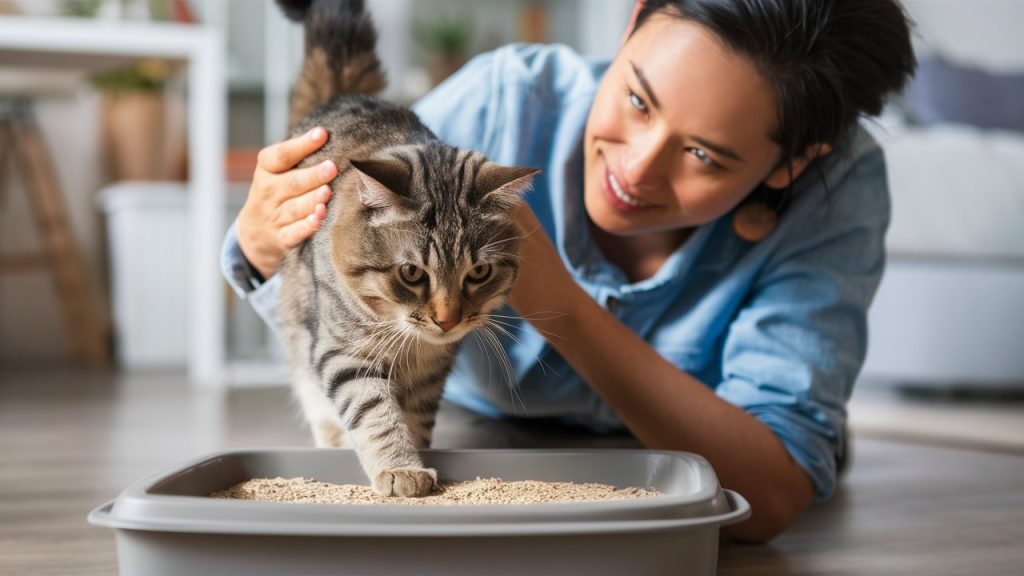
Now that you’ve established a cleaning routine, it’s time to focus on training your cat with patience.
You’ll want to establish a routine that works for both you and your cat, and use positive reinforcement techniques to encourage good litter box behavior.
Establishing a Routine
Establishing a routine is key to successful litter training, so set a regular feeding and play schedule to help your cat learn when it’s time to eat, play, and use the litter box.
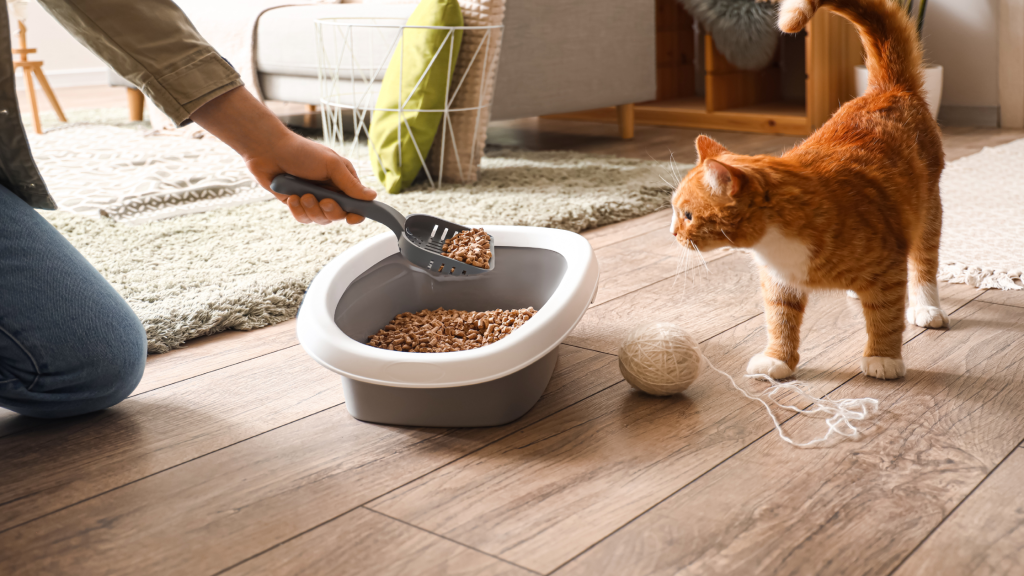
A daily schedule helps your cat understand what’s expected of them and reduces anxiety. This, in turn, will make it easier for you to housebreak your cat.
To establish a routine, follow these steps:
- Feed at the same times each day: Regular feeding times will help your cat learn when it’s time to eat and, subsequently, when it’s time to use the litter box.
- Designate playtime: Schedule playtime to help your cat learn when it’s time to be active and when it’s time to rest.
- Choose the right litter box location: Place the litter box in a quiet, accessible spot where your cat feels comfortable and secure.
- Clean the litter box regularly: Keep the litter box clean to encourage your cat to use it regularly and maintain good hygiene.
Positive Reinforcement Techniques
Positive reinforcement techniques play an essential role in litter training, enabling cat owners to encourage good behavior and discourage bad habits with patience, consistency, and rewards.
By using these techniques, you’ll create a positive association with the litter box and encourage your cat to use it correctly.
One effective method is clicker training, which uses a small device that makes a distinct sound when your cat performs the desired behavior.
Reward your cat with treats and praise immediately after they use the litter box correctly.
You can also harness the power of scent recognition to your advantage.
Cats have a strong sense of smell and can associate certain scents with positive experiences.
Place a toy or blanket with your cat’s favorite scent near the litter box to create a welcoming atmosphere.
Consistency is key when using positive reinforcement techniques. Stick to a routine and reward good behavior every time it occurs.
With patience, persistence, and positive reinforcement, you can train your cat to use the litter box correctly and strengthen your bond with them.
Trending in Cats:
By doing so, you’ll create a stress-free and happy environment for both you and your feline friend.
Watch for Medical Issues
If your cat is having trouble using the litter or is exhibiting unusual behavior, such as straining, accidents outside the litter box, or avoiding it altogether, it’s essential to rule out any underlying medical issues that may be contributing to the problem.
Common litter issues can sometimes be a sign of a larger health problem. By being aware of these potential health warning signs, you can address any medical issues early on and prevent them from becoming more serious.
Here are some medical issues to watch out for:
- Urinary Tract Infections (UTIs): If your cat is straining to urinate or is urinating more frequently, it could be a sign of a UTI.
- Kidney Stones: If your cat is experiencing pain while urinating or is avoiding the litter box, it could be a sign of kidney stones.
- Diabetes: If your cat is urinating more frequently or is drinking more water, it could be a sign of diabetes.
- Arthritis: If your cat is having trouble accessing the litter box or is avoiding it due to pain, it could be a sign of arthritis.
Reward Good Behavior Consistently
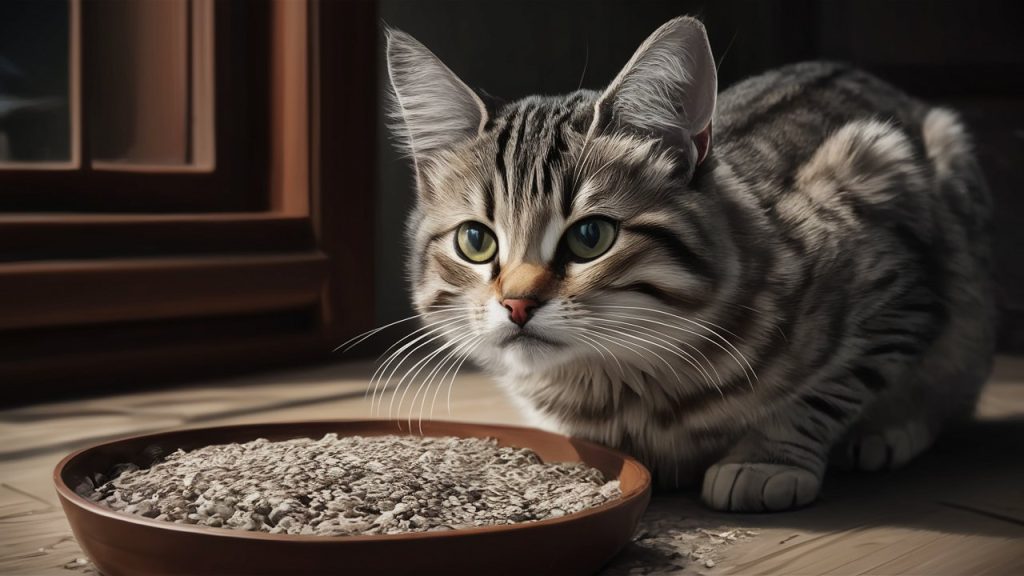
Now that you’ve addressed any potential medical issues, it’s time to focus on rewarding your cat’s good behavior consistently.
By praising and rewarding positive litter behavior, you’ll encourage your cat to continue using the litter box correctly.
Consistent rewards will help reinforce good habits and strengthen the bond between you and your cat.
Praise Positive Litter Behavior
By consistently rewarding your cat when they exhibit good litter box behavior, you reinforce habits that will make training and future interactions much easier for both of you.
Praise techniques play a significant role in creating positive associations with the litter box. When your cat uses the litter box correctly, be sure to praise them immediately.
You can use a happy and upbeat tone of voice, saying something like ‘Good job, kitty!’ or ‘Well done!’
Here are some tips to keep in mind when praising your cat’s litter behavior:
- Be timely: Praise your cat immediately after they exhibit good litter box behavior.
- Be consistent: Use the same praise words or phrase each time your cat uses the litter box correctly.
- Be genuine: Use a happy and upbeat tone of voice when praising your cat.
- Be observant: Pay attention to your cat’s body language and behavior, and adjust your praise accordingly.
Treats Reinforce Good Habits
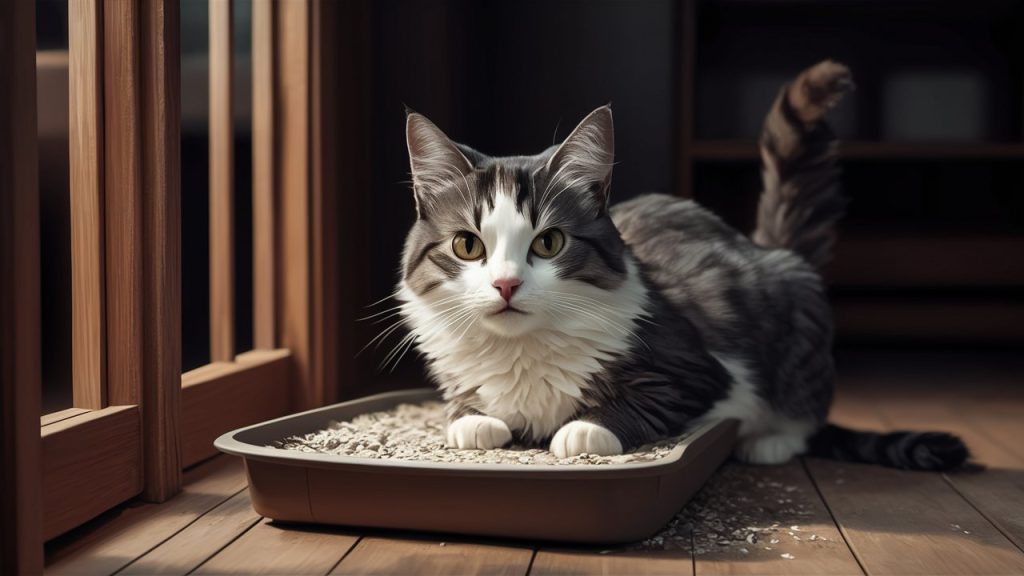
Rewarding your cat with treats for good litter box behavior helps reinforce the habits you’ve been praising, making it more likely they’ll continue to use the litter box correctly.
When it comes to treat selection, choose your cat’s favorite snacks to make the reward more meaningful. You can also try using small pieces of cooked chicken or green dental chews.
The key is to associate the treat with the desired behavior, so your cat learns to connect the dots.
Reward timing is also essential. Give your cat a treat immediately after they’ve used the litter box correctly. This helps them associate the reward with the action.
Be consistent with your rewards, too. If you’re unpredictable with treats, your cat may get confused about what behavior you’re trying to encourage.
By combining praise with treats, you’re creating a powerful incentive for your cat to continue using the litter box correctly. With patience and consistency, your cat will develop good litter box habits that will last a lifetime.
Frequently Asked Questions
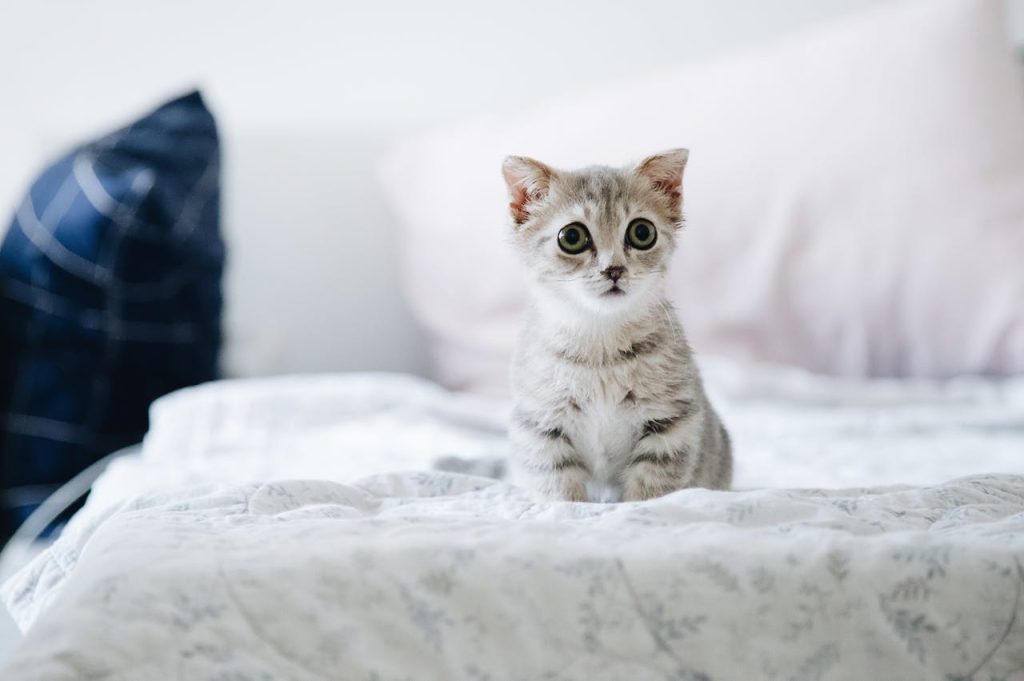
You can train your outdoor cat to use a litter box, but it’s challenging. Consider litter box alternatives like sand-filled boxes or artificial turf, and be patient as your cat adjusts to indoor habits.
You’re on a roll, steering through the world of whiskers! Kittens typically pick up litter box habits faster than adult cats, thanks to their instinctual kitten behavior, while adult cats require more time for adaptation and learning.
You’re frustrated because your cat won’t use the litter box at night. Observe their nighttime habits to identify patterns, and consider alternative solutions, such as a second litter box or changing the litter type, to address the issue.
“Picture this: a spotless litter box with minimal effort. You can achieve this by using litter box liners, which offer benefits like easy cleaning and reduced odors. Just remember, liner maintenance is key to a happy, healthy cat.”
You’ll notice your cat picking up litter box habits in as little as 3-4 days, but the litter box duration can extend up to 2 weeks; success depends on several cat training factors, including consistency and positive reinforcement.
Conclusion
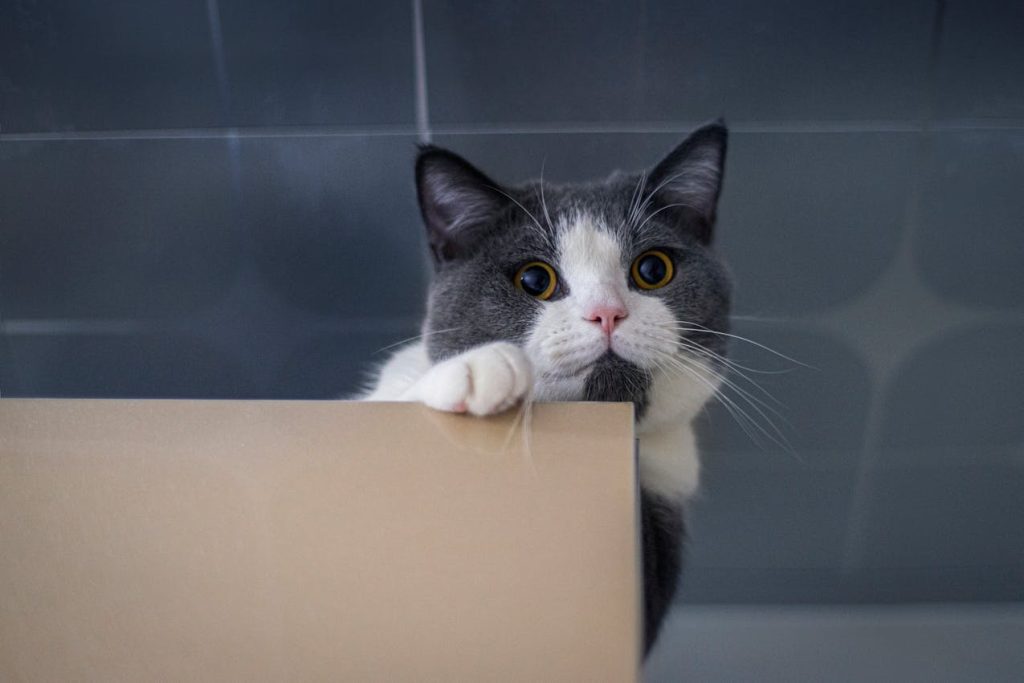
You’ve navigated the delicate dance of litter training.
By thoughtfully selecting the right tools, establishing a routine, and doling out rewards, you’ve empowered your feline friend to thrive in a tidy environment.
As you refine your approach, remember to watch for subtle cues that may signal medical issues.
It’s a give-and-take process, but with patience and persistence, your cat will learn to appreciate the simple joys of doing their business with dignity.



